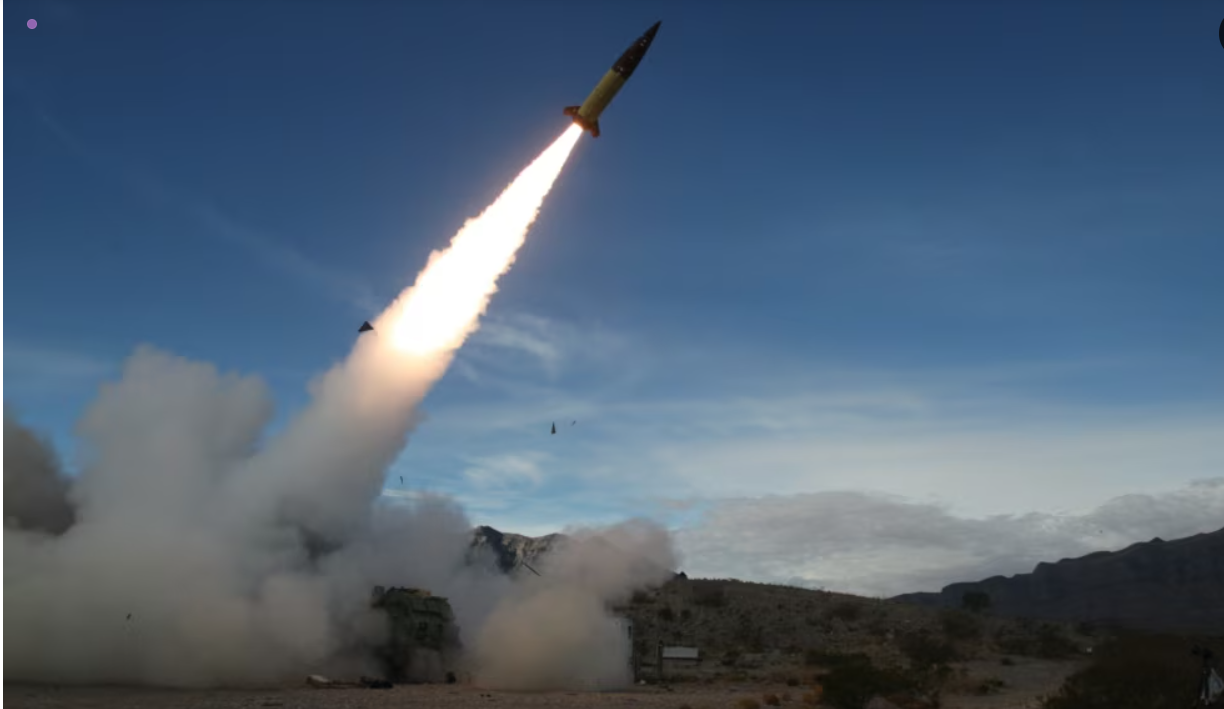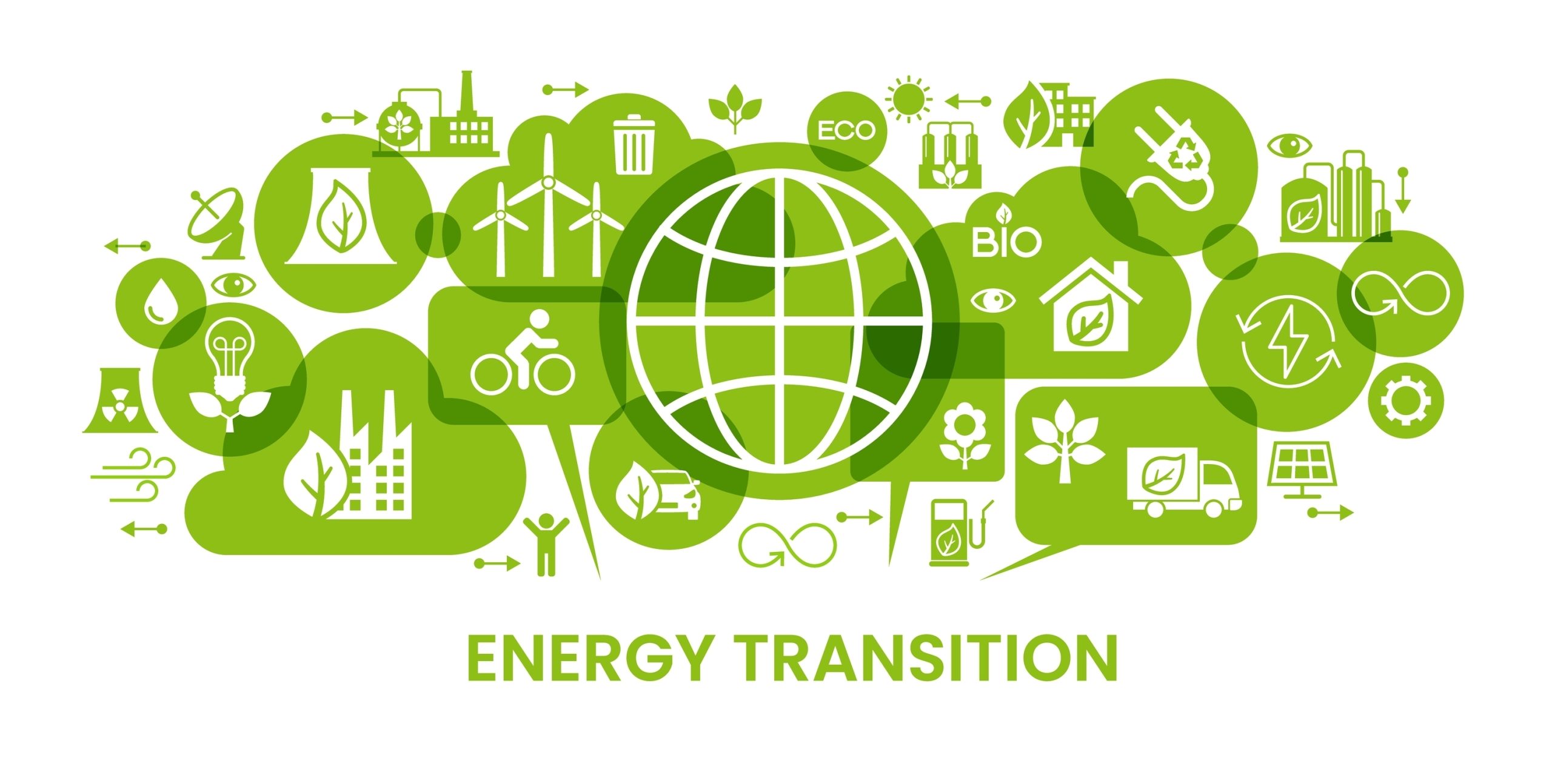I have studied, written, and talked a lot about energy over the past few years – articles in BIG Media and elsewhere, countless presentations in classrooms, on webinars, to conference delegates, plus podcasts and radio interviews.
Together with a great expert team and support from the University of Alberta and Canadian Society for Evolving Energy, I have created a MOOC (Massive Open Online Course) called “21st Century Energy Transition – How do we Make it Work?”. The MOOC has been viewed by more than 6,200 students eager for a comprehensive view of energy, and its first major update is about to be released.
The theme throughout has been energy transition – the fact that humanity runs today on a mix of energy sources that is different from the mix 50 years ago, and which will be very different again 50 years from now. That is a pretty straightforward concept, well supported by historical data and by reasoned analysis of potential future trends.
But the term “energy transition” has been co-opted by different groups to mean different things. In particular, those who believe that climate crisis is upon us (I will call them the CC group), and that fossil fuel emissions are largely to blame, promote the energy transition as a rapid change to alternative energy sources such as wind, solar, and geothermal, with some (but definitely not all) conceding nuclear a place in the mix.
Other more moderate voices understand energy transition as I have defined it, but talk about “energy evolution” or “energy transformation”, seeing “energy transition” as terminology tainted by CC views.
And then there is the other extreme – people who seem to believe fossil fuels have powered humanity forever and will continue to do so for the foreseeable future (I will call them the FF group). Most are OK with nuclear and hydro having a place in electricity generation, but they see wind and solar as inadequate and uneconomic, and having no proper place in humanity’s energy supply. In their minds, there is no energy transition.
Energy transition is real
Let’s get a few basic principles straight. Reference some of my past BIG Media articles for details.
Principle #1: Humanity is in the midst of an energy transition that began more than 200 years ago, when coal came on the scene in a big way (Figure 1).
Figure 1 – Global primary energy consumption, by source, 1800-2023.
From Our World in Data
Until then, all people had to keep them warm and cook food were combustible fuels that they could gather from the environment – wood, grasses, and dung. Since then, energy transition has passed many milestones:
-
- Coal reached 50% of energy supply by 1900, powering steam engine technology and serving growing heating and nascent electrical markets
- Oil and natural gas arrived on the scene in the early 1900s, and grew explosively from the mid-20th century by providing modern transportation fuels, domestic and industrial heat, electricity generation, and petrochemicals
- Hydroelectricity grew steadily since before 1950 as wealthy nations electrified
- Nuclear fission grew rapidly in the 1970s and ’80s to serve exploding electricity demand, but has been flat in the 21st century
- Modern renewables – wind, solar, geothermal, and biofuels – have actually been around for a long time, but became significant electricity contributors to the energy mix only since 2000
A quick sidebar here – Figure 1 maps primary energy production, which Wikipedia defines as “the energy found in nature that has not been subjected to any human-engineered conversion process.” So it includes energy wasted in the process of delivering the energy we use. For example, some of the energy in a barrel of oil is wasted in refining it to gasoline, and more is wasted as heat and friction when the gasoline is burned to drive a car. There is an argument, therefore, that primary energy growth will slow as we find more efficient ways of converting it to useful energy. That is probably true, but it does not change the big picture of energy demand growth.
Humanity’s energy supply has been very dynamic since the early 1800s – always changing and always growing in response to growing population, energy-hungry technologies, and rising standards of living.
Principle #2: Energy demand will continue to grow – because global population is still increasing, more and more energy-hungry technologies are appearing (hello, AI!), and global citizens lacking secure and affordable energy strive for more energy-rich lifestyles.
Principle #3: Energy security is humanity’s #1 priority – not climate, not emissions, not hunger, not poverty – because we can address those other important issues only from a position of energy security. If our daily lives are focused on subsistence, we have no ability to address anything else. Only energy security can lift people from subsistence-level living.
Principle #4: Energy transition must continue – we cannot keep doing tomorrow what we are doing today.
-
- Energy production today has many negative environmental impacts that cannot be ignored as production grows
- Humanity has always innovated, finding new ways to do things better
- Existing resources – particularly fossil fuels – are not limitless. As they grow scarcer, whether that is next year or 20 years from now, they will become more expensive, losing their competitive edge
- Countries are motivated to develop more diverse energy supplies to reduce being held hostage by one or two energy suppliers
So who is correct about energy transition? Thinking about the four principles and examining humanity’s history of energy consumption, the answer is obvious – energy sources will continue to change over time (the “moderate” position). Extreme positions held by CC and FF groups are not tenable – fossil fuel production is not going to fall off a cliff, nor will it continue to grow forever.
Why review these basics now?
While my work supports a moderate position and the physical realities of energy production, much of what I have written has focused on the fact that rapid and wholesale change of energy sources championed by the CC group simply cannot happen. It is important to keep making these points, because CC proponents have exerted such undue and dangerous influence on political policy.
But the dangers of the extreme FF viewpoint were recently highlighted for me, following an invitation to attend the Energi Simulation School, where leading energy engineering researchers in Europe and North America and their graduate students exchanged ideas on humanity’s energy future. It was a great “moderate” meeting, identifying real issues and working to find real-world solutions.
The Energy Dilemma Game challenged teams of students to balance energy, environmental, and social issues in recommending the best course of action to the government of a fictitious island state looking to develop its resources, support its people, and protect its environment. There was great thinking, discussion and learning – and a realization that there is no simple answer.
My colleagues and I posted about the school on LinkedIn, and I was shocked at the pushback from FF adherents. Among the comments posted:
-
- “There is no transition. It’s more fossil fuels than ever.”
- “So called renewables are an environmental disaster and monstrously expensive. And completely unnecessary. Solving a nonexistent problem.”
- “There is currently no global energy transition. Nor will there be one in the near future.”
- “The transition you speak of is a pipe dream. It can’t physically be done.”
Part of the issue is that some (both moderates and FF folks) have bought into the CC definition of “energy transition” as rapid wholesale change – as opposed to the realities of energy transition outlined here.
Semantics aside though, the FF position is as polarized as the CC position, and is equally wrong.
We are in the midst of an energy transition that has been unfolding for more than two centuries, and it continues unabated, whether you call it transition, transformation, or evolution. Wind and solar will not save the world. Fossil fuels will be less important in the future than they are today. All energy sources we know now will have a role to play, governed by local resource availability. Humanity will continue to innovate, developing new ideas to create energy and be more efficient using it.
The future will be determined by the moderates. Polarized CC and FF positions serve only to impede real progress – both because their goals are unrealistic and because they fail to recognize the wide spectrum of human opinions and aspirations. Neither is going to convince anybody outside their extreme camps. The faster both sides migrate their views toward a more moderate reality, the easier, quicker and less painful the energy transition will be.













